Introduction
Chords are the backbone of Harmony, making them the bread and butter of rhythm guitar playing. Harmony is the result of notes sounding together. It is often helpful to think of harmony as the vertical aspect of music, whereas melody deals with the horizontal (linear) parts of music.
A chord in its most basic form is a harmonic unit made from at least three different notes strummed or plucked simultaneously. For an in-depth guide on chord construction check out my building chords page.
Table of Contents
- Super Easy Chords for Absolute Beginners
- Major Chords
- Minor Chords
- 7th Chords (and Dominants)
- 9th Chords
- Major 7th Chords
- Minor 7th Chords
- Sixth Chords
- Minor Sixth Chords
- Barre Chords (movable rhythm chords)
- Power Chords
Guitar chords are a fundamental building block for the rhythm guitarist. Chords will be an essential part of the rhythms you play on your guitar. Therefore, knowing the most common chords is an essential skill to acquire.
Let’s begin with the basic “cowboy” chords for the guitar. These are the most common chords that contain “open notes”.
First, I will show them to you in a chord diagram. Secondly, you will see what they look like when written on a music staff. And finally, I’ll present the chord in tab.
Let’s get started!
Super Easy Chords For Absolute Beginners
These are simple versions of open chords. These easy chords only have one note fretted and other strings are played open (unfretted).
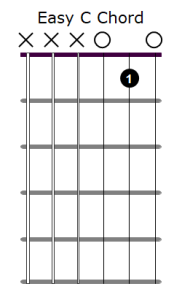



Major Chords
Major chords are very stable in nature and have the least amount of “dissonance” or tension in their sound. They are built by stacking major third and perfect fifth intervals on top of a root note.
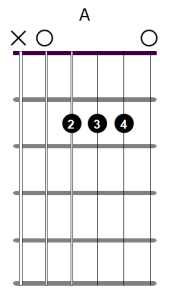

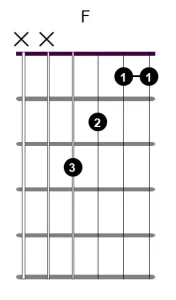
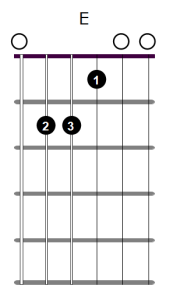
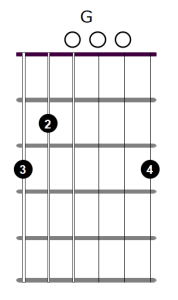
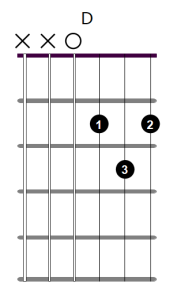
Minor Chords
Minor chords are less stable in nature than their major chord counterparts. They contain an unresolved dissonance within their sound that produces a natural tension. Minor chords are built by stacking a minor third interval and a perfect fifth on top of the root.



Seventh Chords
Seventh chords are built by stacking another third interval above the fifth.
A seventh chord built on the dominant (fifth tone of the scale) is the most common seventh chord used.
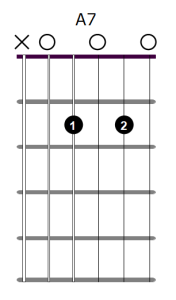
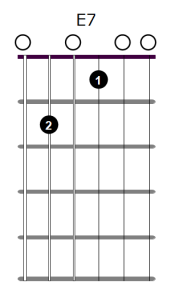
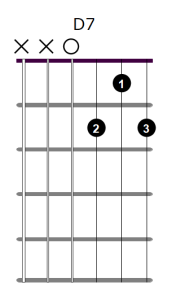
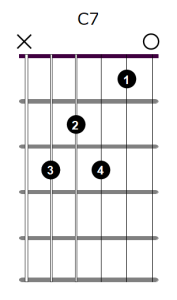

Ninth Chords
Ninth chords are quite common in jazz, and sometimes used in blues and pop.

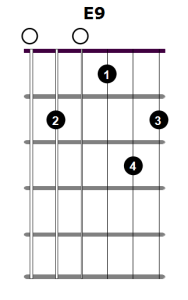
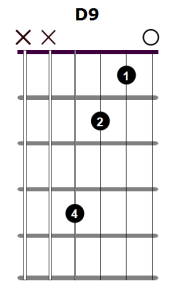
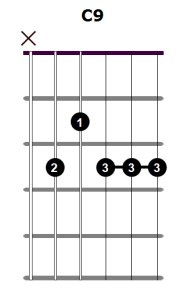
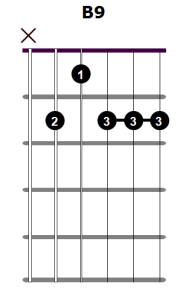
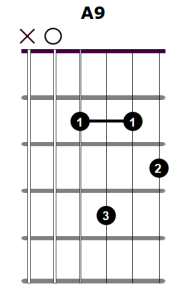
Major Seventh Chords

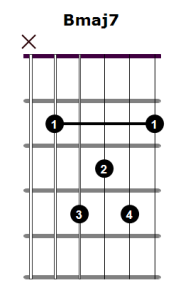
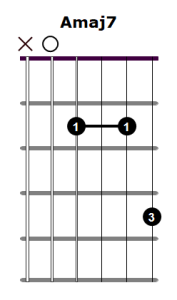
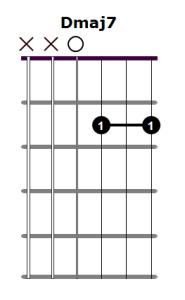
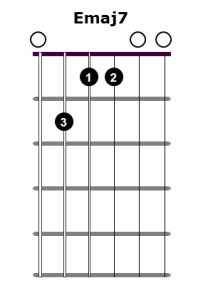
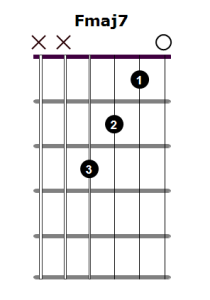
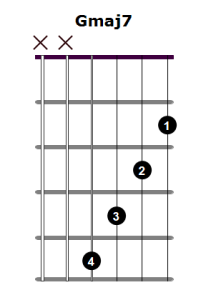
Minor Seventh Chords
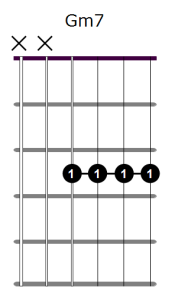
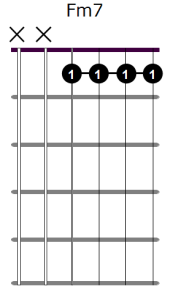
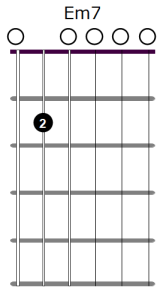
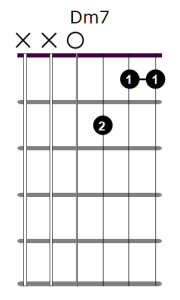

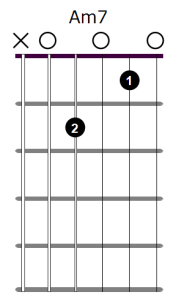
Sixth Chords
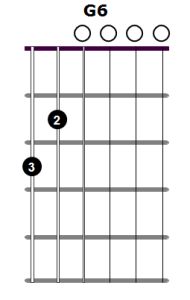
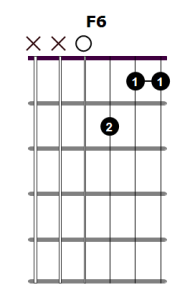
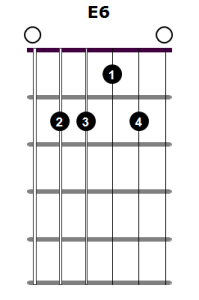
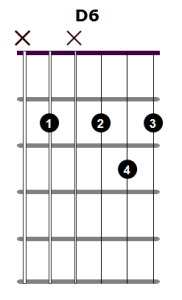

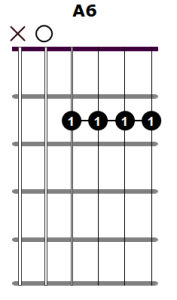
Minor Sixth Chords
A four-note chord that is built by stacking a major sixth interval on top a minor triad.
Barre Chords (Movable Rhythm Chords)
Barre chords are used quite often in modern rock and pop music. They are also referred to as “moveable rhythm chords”. They are basically “chord shapes” that can be played across the length of the neck.
Power Chords
Power chords are probably the easiest of all chords to play. They are not a complete chord in the traditional sense that a chord has three different notes.
A power chord has only two notes, a root and a fifth. It’s a perfect fifth interval
Power chords are usually written with a letter follow by number 5. Example: A5, D5, C5, etc…